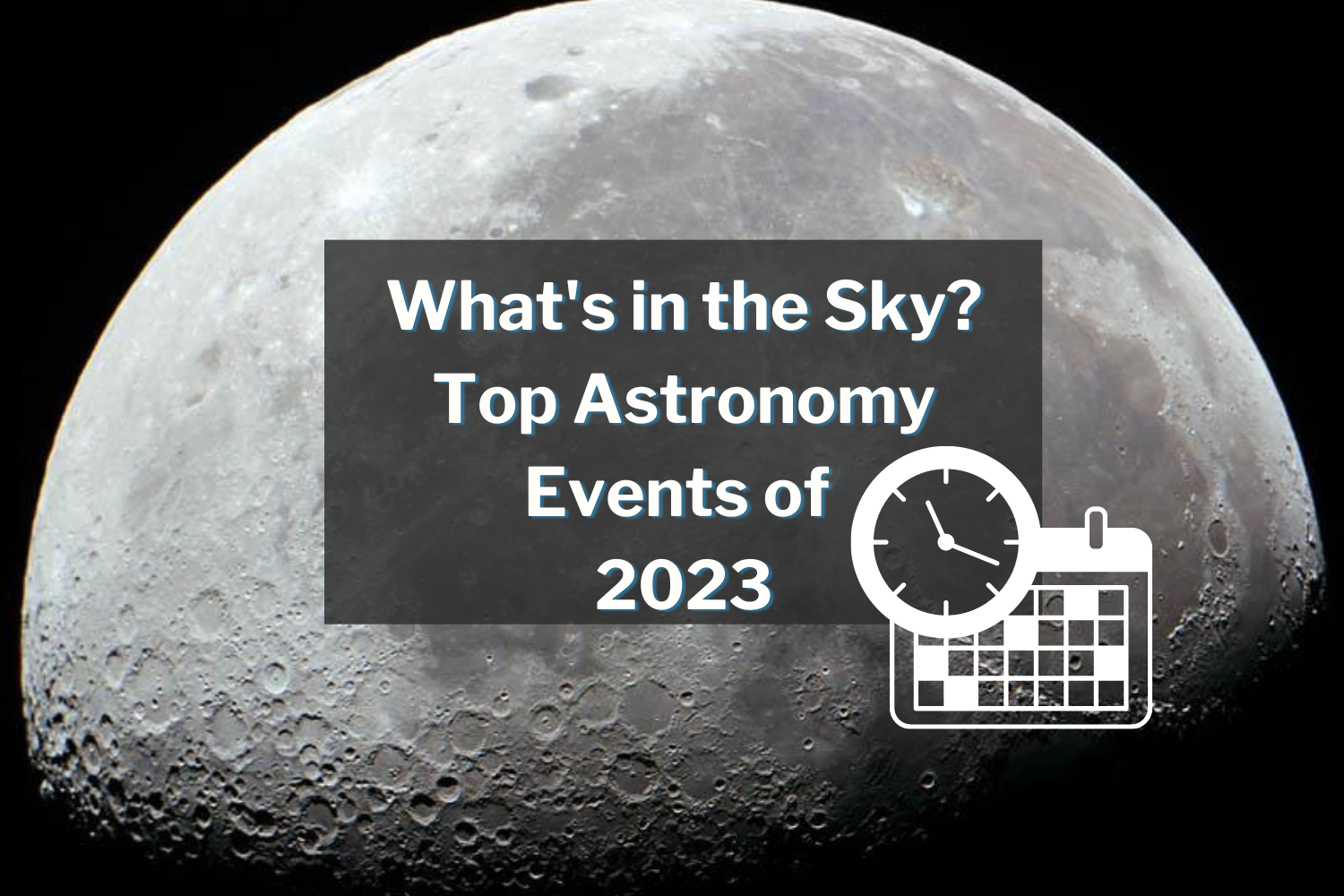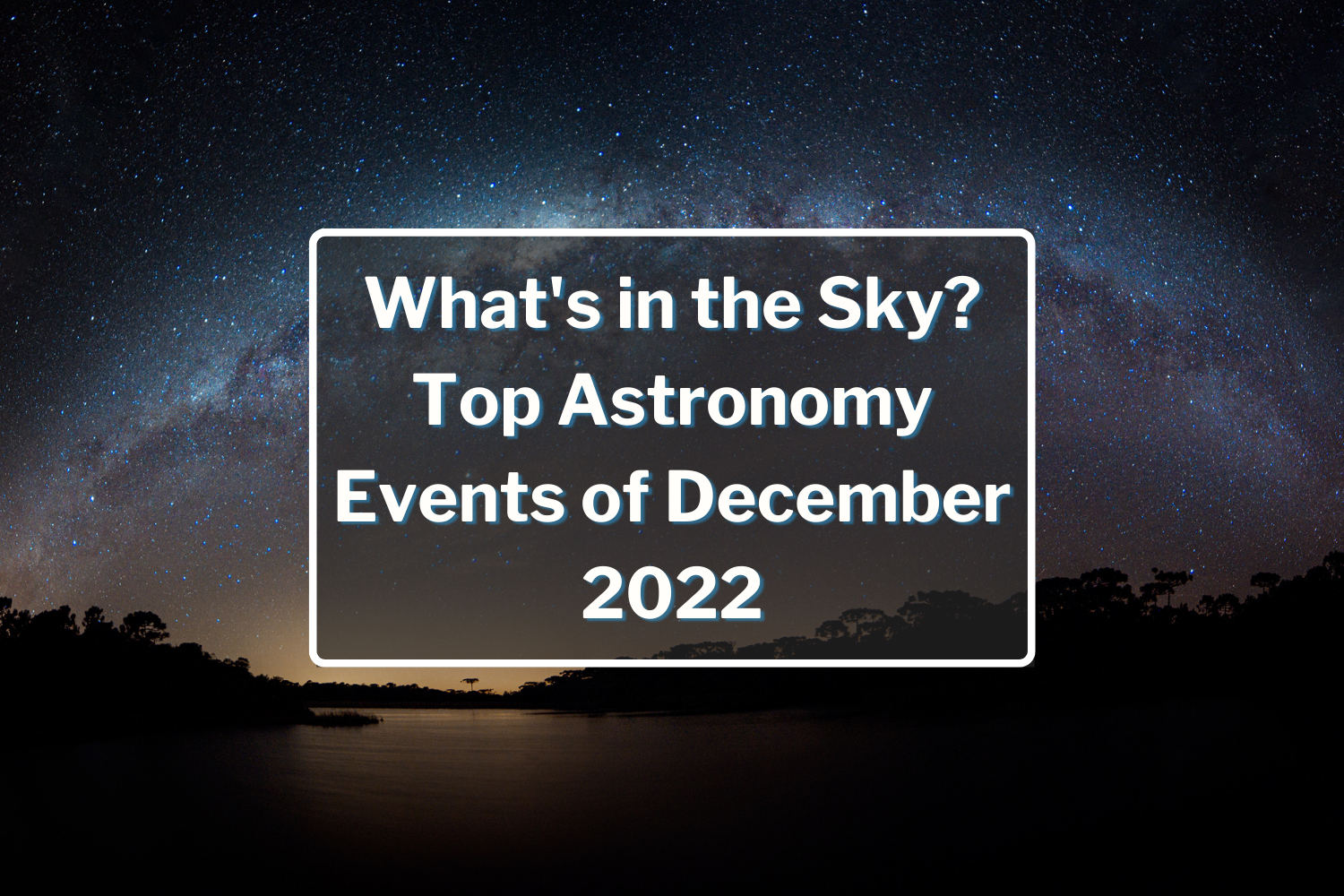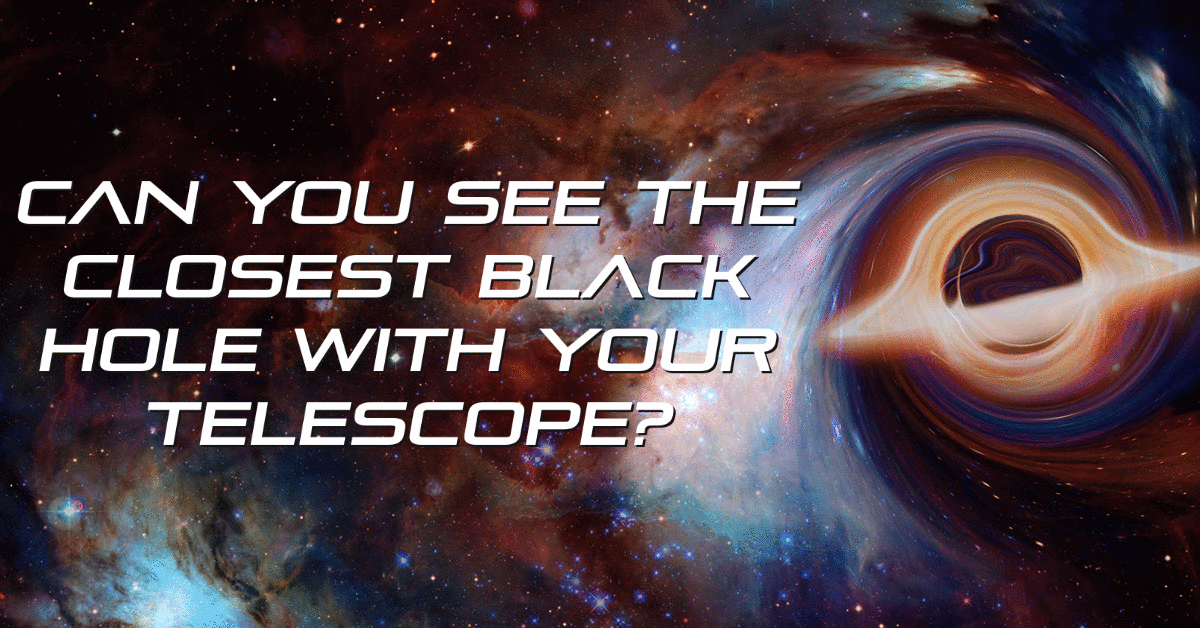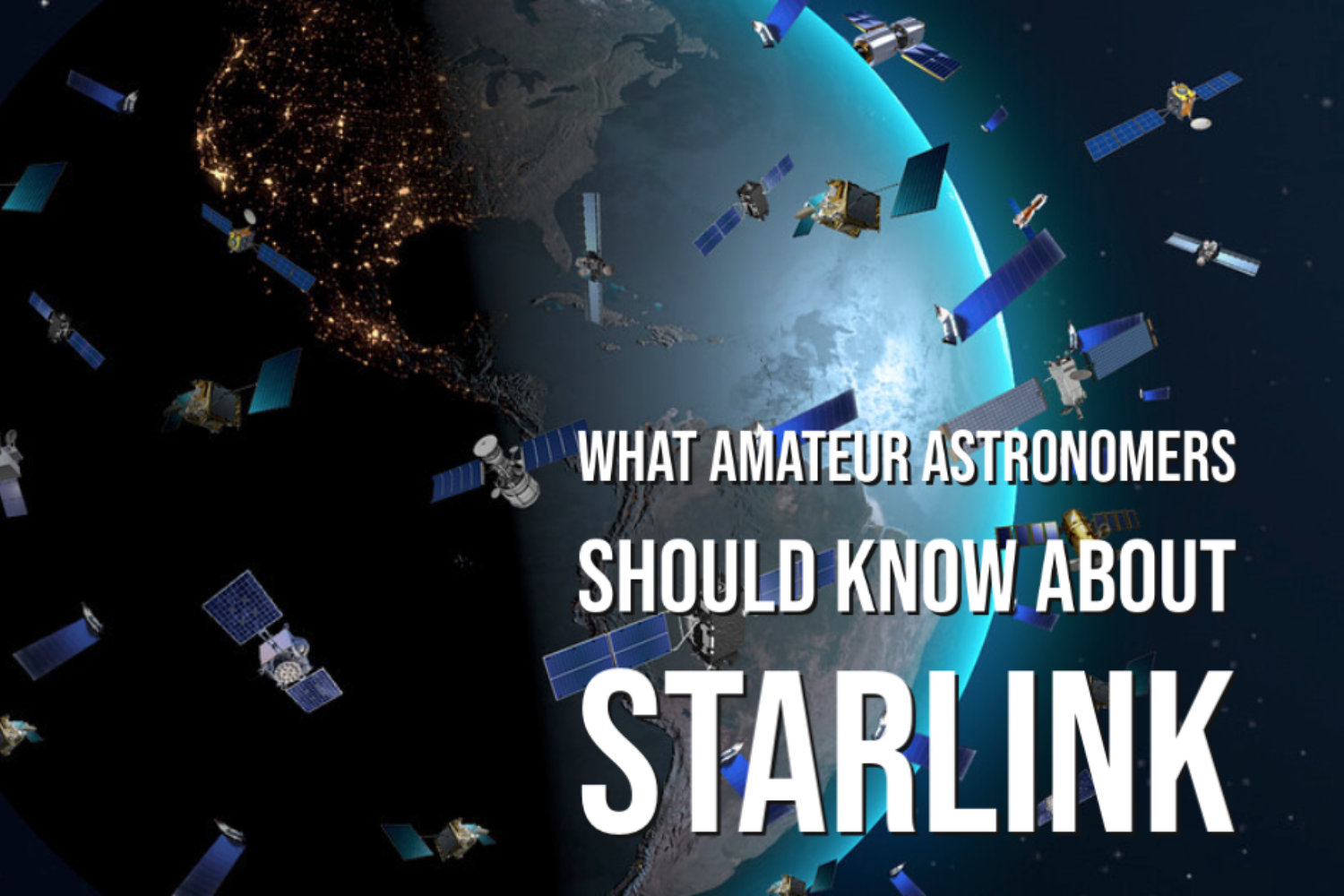Astronomy Events for February 2021 [Free Download]
Clear skies tonight? Browse our list of astronomical events for night sky opportunities!
February is a great month for planetary viewing and deep space imaging! The winter season is at its peak and the best winter objects are in prime position!
Planets and Moon Phases
February 11 - New Moon
An ideal night for viewing or imaging, you may not have to travel far to get dark skies on this night. Plan on viewing galaxies and star clusters.
February 27 - Full Moon, Supermoon
This is the first supermoon of 2021. Known to some early Native Americans as the “Full Snow Moon” because snow fell the heaviest during this time.
Are you a beginner looking to get started in deep space astrophotography? Check out our list of the best deep space objects for beginners for more ideas!
NORTHERN HEMISPHERE CONSTELLATIONS
Auriga
- Messier 36 (Pinwheel Cluster)
M 36 contains at least 60 stars and is estimated to be 25 million years.
- Messier 37
The second of the three bright star cluster, it’s the northern point of the polygon shaped constellation.
- M 38: Starfish Cluster
The least brightest of the three, but because of its location in Auriga, it is easy to find!
Gemini
- NGC 2392: Eskimo Nebula
The remains of a dying star form what appears to be a face surrounded by a fur parka. In 1999 NASA’s Hubble Space Telescope captured a mesmerizing image that was clearly visible for all.
Monoceros
- Christmas Tree Cluster
Not to be confused with the Cone Nebula, they both appear in the same visual area. The “cone” is a thick cloud of gas and dust, and it is seen at what appears to be the top of the Christmas tree.
- Cone Nebula
Found in the Orion Arm, following the brighter stars after the Cone Nebula, their outline forms what to many is familiar as a Christmas tree.
- Rosette Nebula
A large cloud of gas and dust, for some, is also known as the Skull Nebula because of its close resemblance to a human skull.
SOUTHERN HEMISPHERE CONSTELLATIONS
Canis Major
- Sirius: The Dog Star
A bright and colorful star, it has been known to be confused for a UFO! It flickers many colors, making it a mesmerizing object to capture. Look overhead at zenith so find it.
- Orion’s Belt
Orion appears to be standing on his head for the southern hemisphere. Look towards the northwestern sky for three bright stars in an almost straight line.
- NGC 2359: Thor’s Helmet
The Oxygen atoms in the illuminant gas give off a blue-green glow.
Columba
- NGC 1851: M 79
M 79 is a globular cluster located in the northern constellation Lepus, and is the brightest deep sky object in Columba!
- NGC 1792: The Starburst Spiral Galaxy
Different from common spiral galaxies, NGC 1792 displays curls on its outer spiral arms.
Puppis
- NGC 2467: Skull and Crossbones Nebula
NGC 2467 is also known as a stellar nursery for its wide range of activity. A glowing display of different phases of the birth of a star that include flares, coronal mass ejections, Bok Globules, and more.
- M 46
Containing about 500 stars, it is about the size of the full Moon. It’s located close to Sirius.
Curious what events are happening the rest of 2021? Check out our 2021 Astronomy Events Calendar!
Clear skies! 🔭✨













